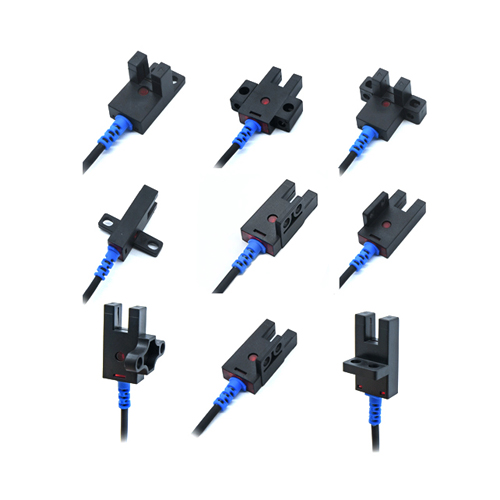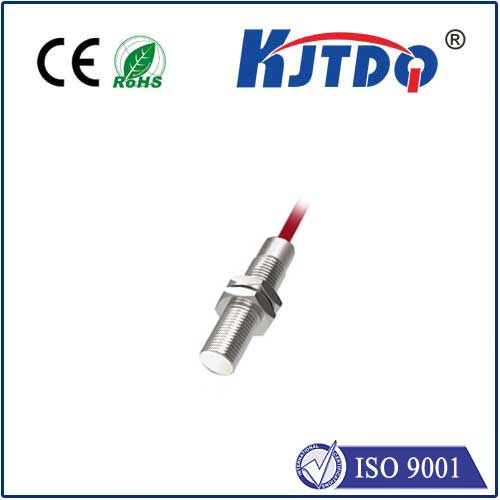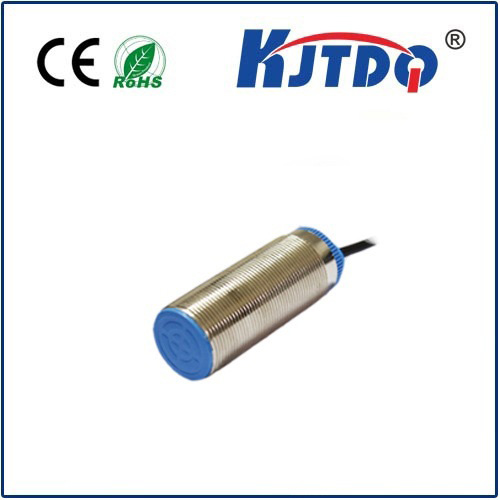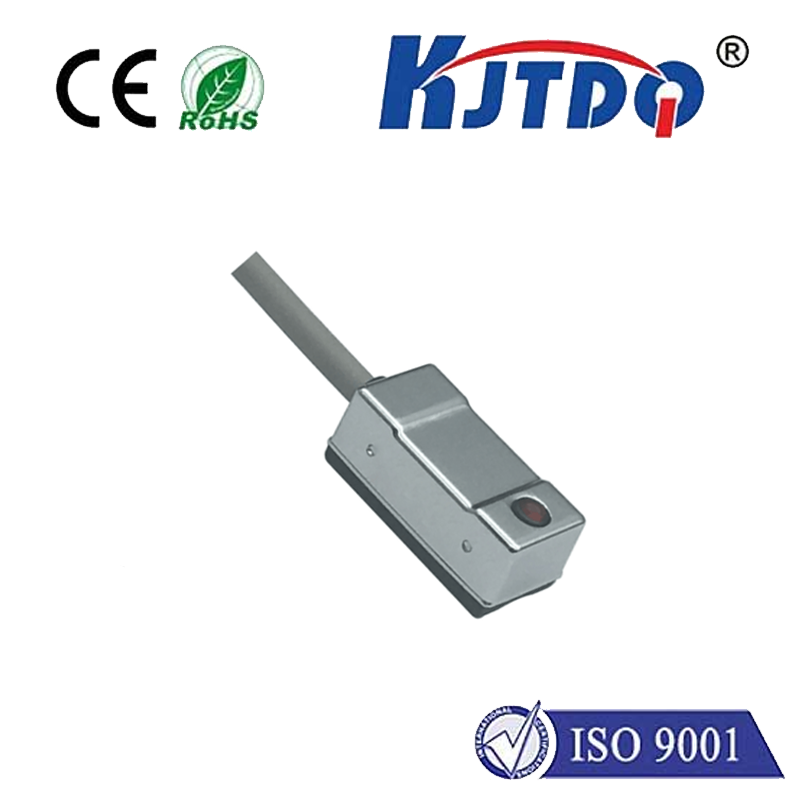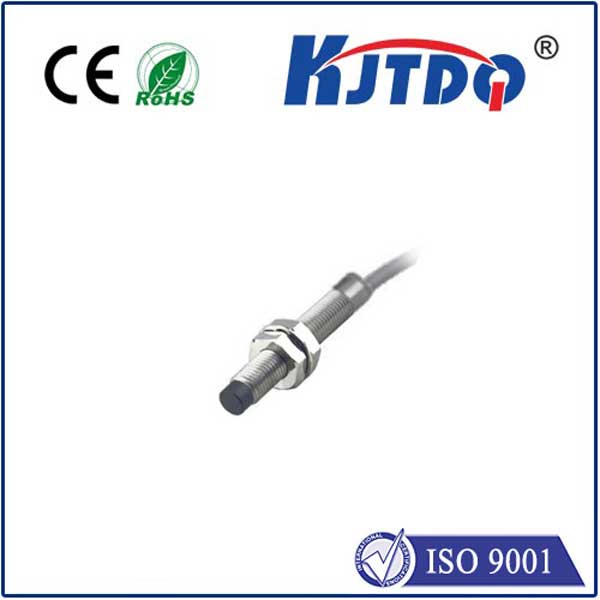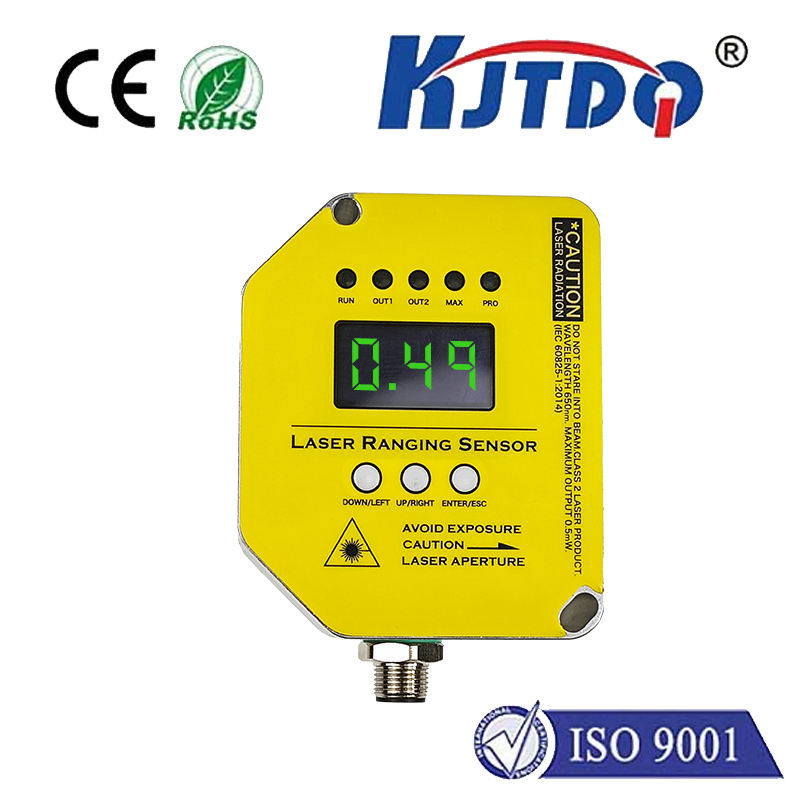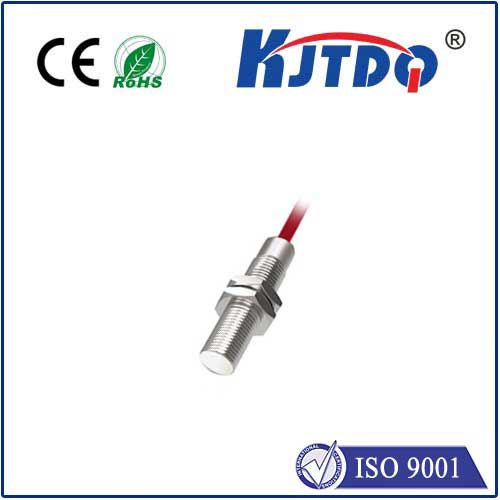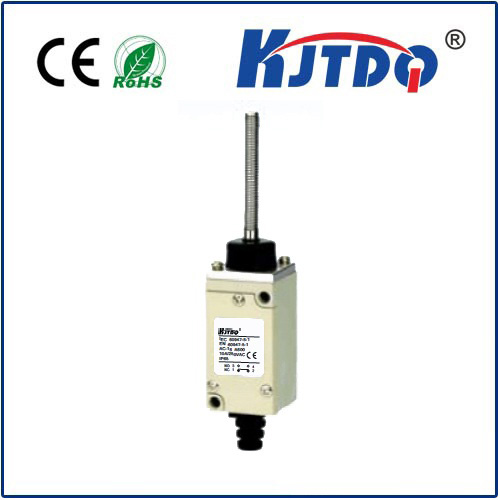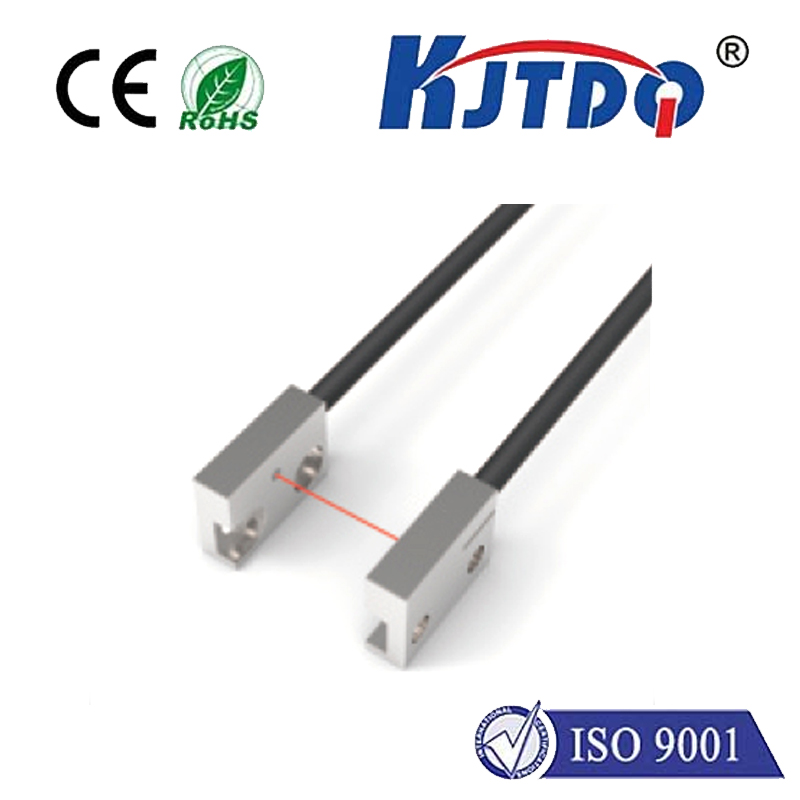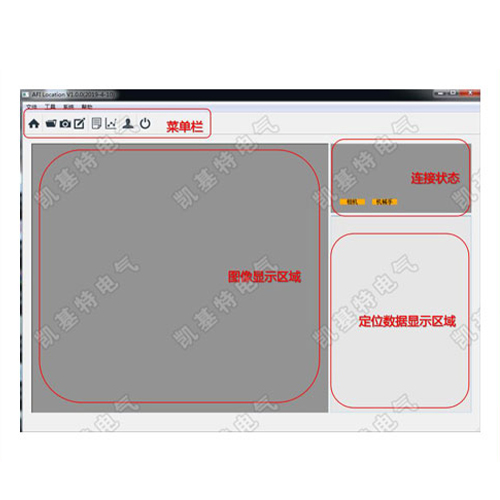optical rain sensor
- time:2025-08-13 15:01:55
- Click:0
The Brilliance of Optical Rain Sensors: Seeing Raindrop by Droplet
Ever been driving down the highway when a sudden summer shower erupts? In that split second, fumbling for the wiper switch can be distracting and unsafe. What if your car could simply see the rain and react instantly? That’s precisely the magic behind optical rain sensors, an ingenious piece of technology transforming how machines perceive and respond to precipitation. Far more sophisticated than basic mechanical switches, these sensors harness light to detect rain with remarkable precision, enabling smarter automation in vehicles, homes, and beyond. They represent a leap forward in environmental sensing, relying on the fundamental properties of light interacting with water on a surface.
The Core Principle: Light, Reflection, and Detection
At its heart, an optical rain sensor operates on principles of optics and photometry. Unlike older capacitive or mechanical sensors that rely on physical contact or water bridging electrical contacts, optical sensors are non-contact. Here’s the elegant sequence:
- Emission: A high-intensity infrared (IR) light-emitting diode (LED) projects a beam of invisible light towards the outer surface of the windshield (or another protected window/surface) at a specific angle.
- Reflection (or Lack Thereof): When the windshield is dry, the majority of this IR light undergoes total internal reflection (TIR) within the glass and is directed towards a strategically placed photodetector. This results in a strong signal received by the detector.
- Raindrop Interruption: When a raindrop lands on the outer surface precisely in the sensor’s detection zone, it disrupts this clean reflection. Water has a different refractive index than glass or air. This causes:
- Refraction: Some light enters the water droplet.
- Scattering: Light is bounced in multiple directions.
- Reduced Reflection: Significantly less IR light is directed back towards the photodetector compared to a dry state.
- Detection and Analysis: The photodetector measures this sharp reduction in reflected light intensity. Sophisticated onboard electronics analyze the magnitude and often the pattern of this signal change. A sudden drop indicates the impact of a large droplet, while a gradually declining signal might suggest mist or light drizzle.
- Output: Based on the analysis, the sensor sends a signal to the associated control system. In a car, this instantly triggers the wipers at an appropriate speed. In a smart home system, it might trigger closing skylights or adjusting irrigation schedules.
This entire process happens near-instantaneously, allowing for incredibly fast reaction times to changing weather conditions.

Key Components of Optical Rain Sensors
Understanding the build reveals why these sensors are so effective:
- Infrared Light Emitter (IR LED): Generates the consistent beam of light. Its wavelength is chosen to be minimally affected by ambient visible light.
- Photodetector (Photodiode/Phototransistor): Precisely measures the intensity of the reflected IR light. Its sensitivity is crucial for detecting subtle changes.
- Optical Lens/Element: Both the emitter and detector often have small lenses. Critically, the detector lens is designed to optimally collect the specific pattern of reflected light from a dry windshield via TIR. This element is typically made of optical-grade plastic (like PMMA) or specialized glass, molded with extreme precision.
| Characteristic |
Plastic (PMMA) Lens |
Glass Lens |
| Cost |
Lower |
Higher |
| Weight |
Lighter |
Heavier |
| Durability |
Good (Scratch-prone) |
Excellent |
| Optical Clarity |
High |
Very High |
| Design Flexibility |
High (Easier molding) |
Lower |
| Thermal Stability |
Moderate |
High |
| Typical Use Case |
Mass-market automotive, consumer devices |
Premium automotive, demanding environments |
- Control Electronics & Processing Unit: This is the “brain.” It manages the IR emitter (often pulsing it for efficiency and noise reduction), precisely reads the detector’s output voltage, filters out ambient light fluctuations or minor obstructions (like a dead bug – a common challenge!), and interprets the signal to determine rain intensity and trigger the appropriate response profile.
Where Optical Rain Sensors Shine: Applications
The superior reliability, faster response, and non-contact nature of optical rain sensors make them ideal for numerous applications:
- Automotive Rain-Sensing Wipers (The Flagship Application): This is where most people encounter them. Mounted discreetly behind the rearview mirror, they automatically activate wipers based on detected rainfall intensity, adjusting wipe speed dynamically. This significantly enhances driver convenience and safety by eliminating manual adjustments. They are increasingly integrated into Advanced Driver Assistance Systems (ADAS), feeding data crucial for camera-based systems (like lane keeping or automatic emergency braking) that might be impaired by water droplets on the windshield.
- Smart Home Automation:
- Automatic Window & Skylight Closers: Sensors detect rain and signal motors to close windows or retractable roofs, protecting interiors instantly.
- Intelligent Irrigation Systems: Rain detection allows these systems to skip scheduled watering if sufficient rain has fallen, conserving water and optimizing plant health.
- HVAC Optimization: Some systems can factor in rainfall (indicating potential humidity changes) for more efficient climate control.
- Precision Agriculture: Integrated into weather stations or field sensors, they provide localized rainfall data for precise irrigation management and crop monitoring.
- Aviation: While more complex, optical principles can be adapted for detecting icing conditions or precipitation on aircraft surfaces.
- Industrial Processes: Monitoring for rain ingress in sensitive outdoor equipment or controlling processes affected by ambient moisture.
Advantages Over Traditional Rain Sensors
Optical sensors offer compelling benefits:
- Non-Contact Operation: No part physically touches the rain, eliminating wear and tear from mechanical movement or corrosive effects. This translates to longer lifespan.
- Superior Sensitivity & Speed: They detect the first drops almost instantly and can discern between light mist, drizzle, and heavy downpours with high accuracy.
- *Maintenance-Free Operation: Beyond keeping the windshield reasonably clean within the sensor’s field of view, they require virtually no maintenance. No wiping arms to wear out or contacts to corrode.
- Compact Size & Discreet Installation: Their solid-state nature allows for sleek designs that integrate seamlessly (e.g., behind car mirrors).
- Integration Flexibility: Digital outputs make them easy to interface with modern electronic control systems and microcontrollers.
Important Considerations and Limitations
While highly effective, optical rain sensors aren’t absolutely perfect. Key points to note:
- Surface Dependency: Their performance relies heavily on the optical properties and condition of the surface they are monitoring (e.g., the windshield). Heavy dirt, ice, frost, or severe scratches outside the sensor zone can potentially interfere with the light path or reflection properties.
- Calibration: Most sensors require initial calibration during installation to account for the specific windshield’s thickness and optical characteristics. Some also adapt over time.
- “False Triggers”: While advanced electronics filter much noise, extremely dense fog, very fine dust, or even dense insect swarms directly in the detection zone could potentially trigger a response, though












